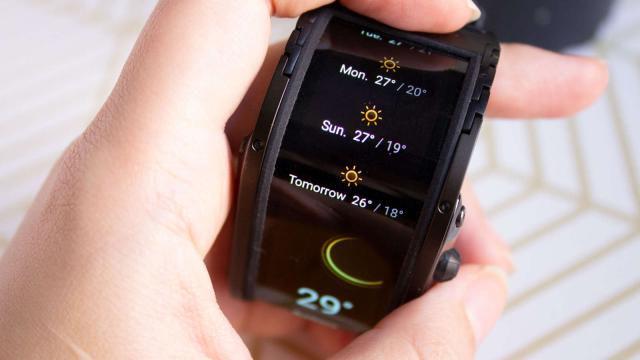Believe it or not, we actually like a lot of gadgets. This is why it’s always a bummer when one arrives on the scene with the panache of a deflating balloon. There were a few of those products in our list of disappointing gadgets this year. Yet while sometimes gadgets disappoint everyone, there are other times they just disappoint one of us, but, like, a lot. That means the gadgets found here aren’t always necessarily the worst gadgets produced this year — we can’t check out every piece of junk sold behind the counter at the drug store. Instead, these are the gadgets that left us deeply disappointed.
Nubia Watch
At first glance, the Nubia Watch feels like the most futuristic smartwatch you’ll ever see. A curved screen that wraps around your wrist? That’s some real sci-fi vibes right there. The reality is it functions like a bulky, uncomfortable smartwatch from 2016. The software was buggy, the apps aren’t exactly optimised for this type of screen, and actually, it’s really hard to read text around your wrist. When you consider that this is $US400 ($520), the same price as a GPS Apple Watch Series 6 and a Samsung Galaxy Watch 3, you realise you’re just paying out the nose for novelty. — Victoria Song
Nintendo Game & Watch: Super Mario Bros.
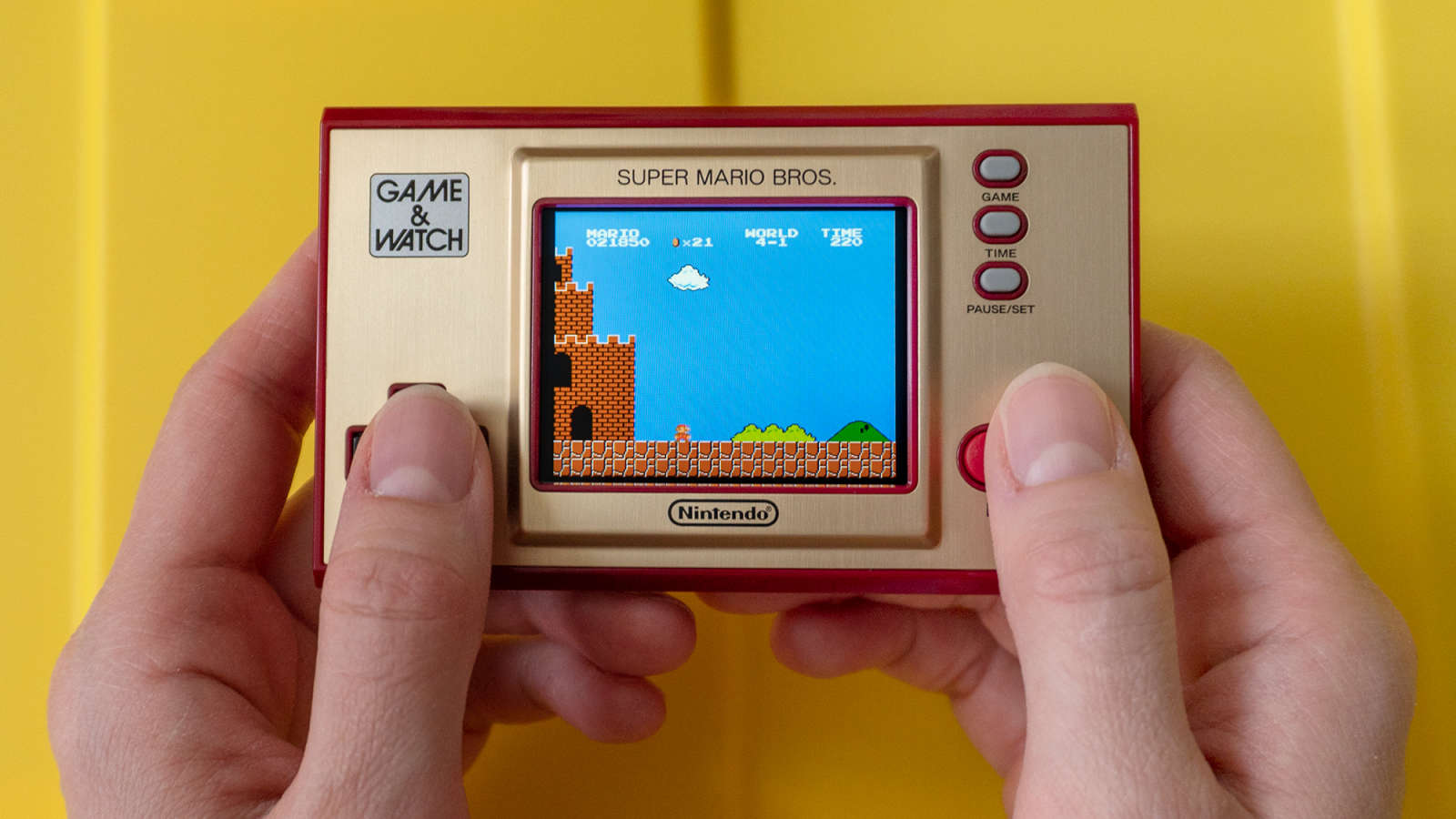
If you’re completely obsessed with the original Nintendo Game & Watch, the company’s first line of handheld gaming consoles, then you’ll be completely happy and satisfied with the new Nintendo Game & Watch: Super Mario Bros. If you were desperately hoping for a reincarnation of the Game Boy packed with an excellent collection of games, you’ll be disappointed in the new G&W. A pocket-size version of the original NES Super Mario Bros. and its proper sequel are lovely distractions, but for $US50 ($65) we expected more than that, a classic but simple Game & Watch title, and a digital clock. At $US20 ($26) this would have been a no-brainer stocking stuffer, but at $US50 ($65) it feels like Nintendo is trying to take advantage of devoted retro gamers. — Andrew Liszewski
Samsung Ballie

Samsung’s Ballie was supposed to be an intelligent robot that could roll around your house, help your family use smart home devices, monitor security, or even play with your pets. However, like a lot of things in 2020, Ballie first showed up at CES 2020 with big dreams that quickly faded away when it became clear it was never going to hit the market. Here at Gizmodo we like checking out all sorts of concept devices, but we like it, even more, when those concepts become reality. And in a year when most of us have been trapped at home, a playful little rolling companion would have been a welcome cheerful addition around the house, but sadly, it seems that vision just didn’t pan out. — Sam Rutherford
Nostalgia Retro Pop-Up Hotdog Toaster
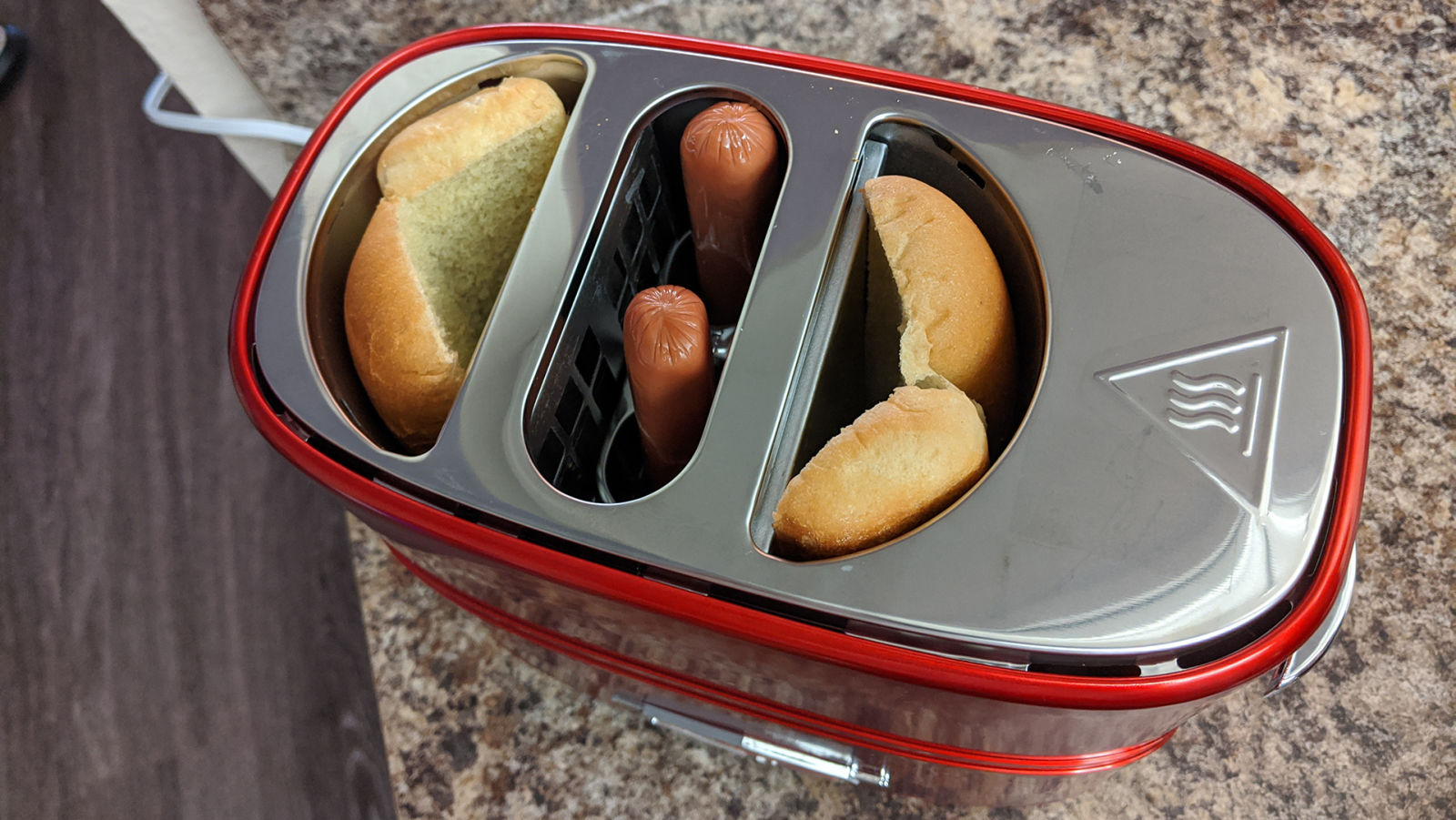
This $US40 ($52) hotdog toaster from Nostalgia produces more provocative euphemisms than it does perfectly cooked hotdogs. If your buns are too big, they won’t fit into the designated toasting slot. If your wieners are too small, the tips will get burnt to a blackened crisp. The toaster applies the same amount of heat to both the buns and hotdogs, so no matter what you’re going to end up overcooking or undercooking the buns or the dogs — unless you remove the buns first and send the wieners back for a second toasting, which completely defeats the purpose of this toaster! As if that wasn’t bad enough, the appliance is unnecessarily hard to clean, the cord attaches to the wrong side, and it’s too thick to wrap neatly around the posts on the underside of the toaster. Save your $US40 ($52) and put it toward a good, multi-purpose toaster over. Stand-alone appliances take up too much kitchen cabinet space, anyway. — Joanna Nelius
Bose QuietComfort Earbuds

If you have big ear canals don’t worry! The Bose QuietComfort Earbuds are going to be great for you. They’ll fit snuggly in your cavernous ears and send you into a beautiful world of absolute silence. The problem is many people, myself included, don’t have giant ear canals, and Bose’s new active noise-cancelling earbuds wind up being just way too big. Their case is enormous and not very pocketable too. It was a massive bummer to see such a fantastic product waylaid by size. Here’s hoping the next version shrinks everything down a little. — Alex Cranz
Apple iPhone 12 Mini
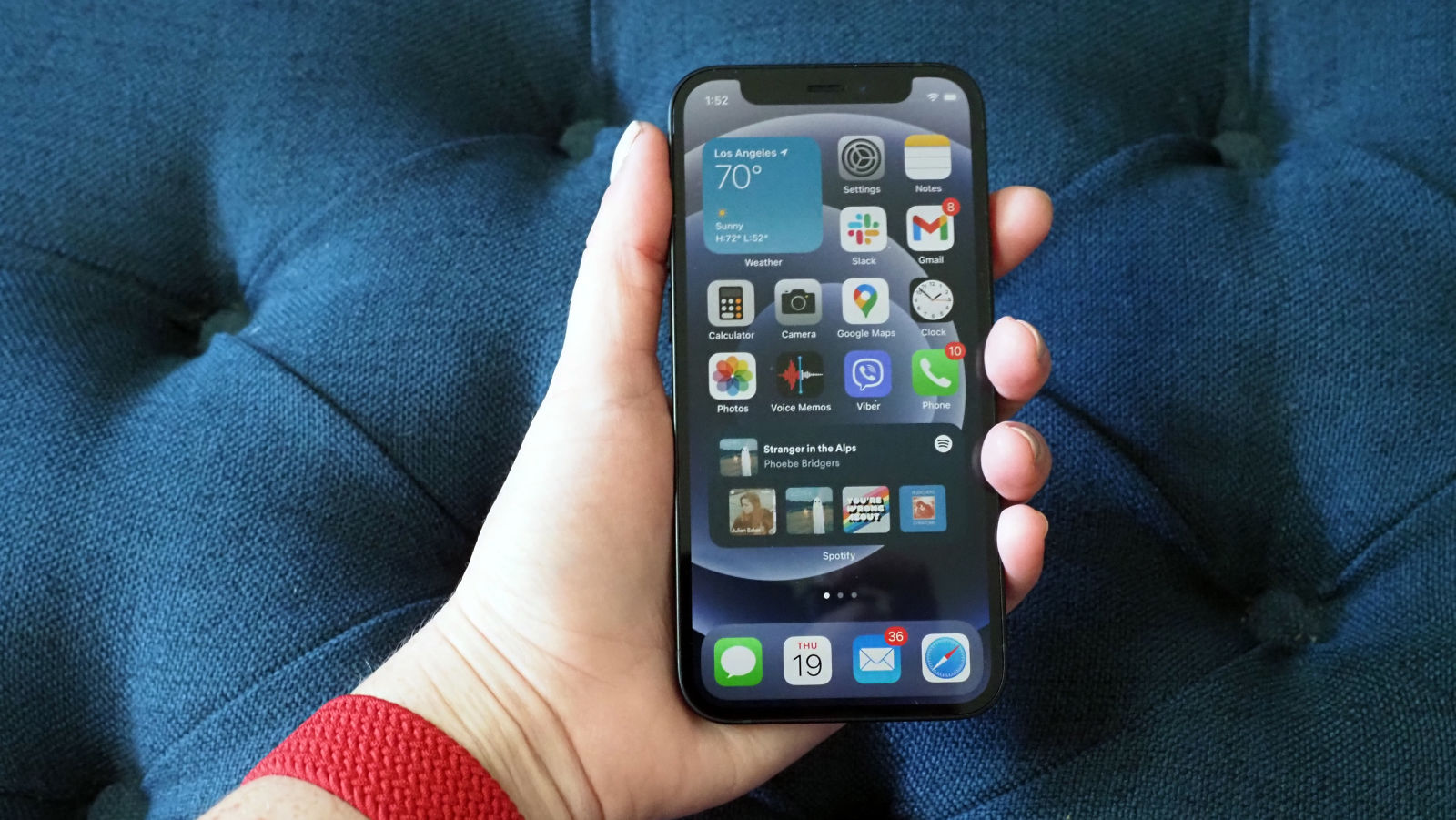
When Apple announced the iPhone 12 Mini at its October iPhone event, I was thrilled. Finally, a pint-sized phone with a nearly edge-to-edge display that didn’t sacrifice features like cameras or processing power. It seemed tailor-made for me and my small hands. And then I used it for a few weeks. While I still love the size — a 5.4-inch display in a 5.18-long frame is my platonic ideal of smartphone design — the 12 Mini falls short in one key way: it’s battery life. I knew the battery wouldn’t last as long as, say, the iPhone 12 Pro Max. But it wasn’t even close, lasting 5 hours and 11 minutes less than the 12 Pro Max, and a full three hours less than the base-model iPhone 12. That sucks. And that’s without even coming into range of a lightning-fast millimetre-wave 5G connection, which is a notorious battery drain. — Caitlin McGarry
Muse S Headband
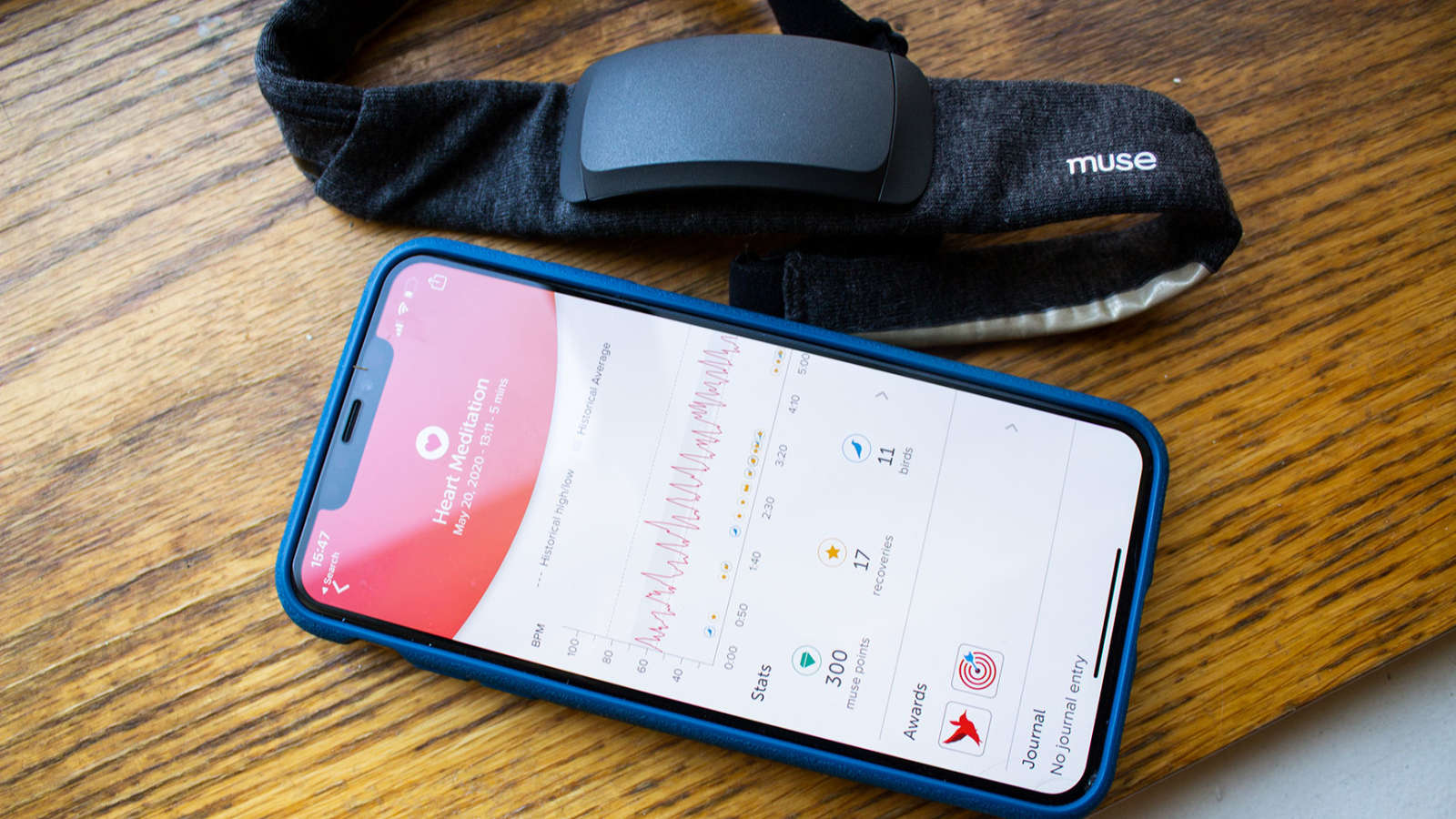
2020 was an incredibly stressful year, so you’d think a headband that helps read your brainwaves as you meditate would be useful. Eh, not so much. While it is cool that the Muse S headband has EEG and PPG sensors so it can read your heart rate, the sessions ended up being way more stressful than intended. The whole point of mindfulness is to achieve a certain type of peace — not scrutinise your ‘performance’. Also, at $US350 ($455) this is absurdly expensive considering a yearly subscription to Headspace or Calm is a fraction of the cost. Did I also mention wearing this headband makes you look like a Naruto reject? — Victoria Song
Hisense A5C Colour E-Ink Smartphone
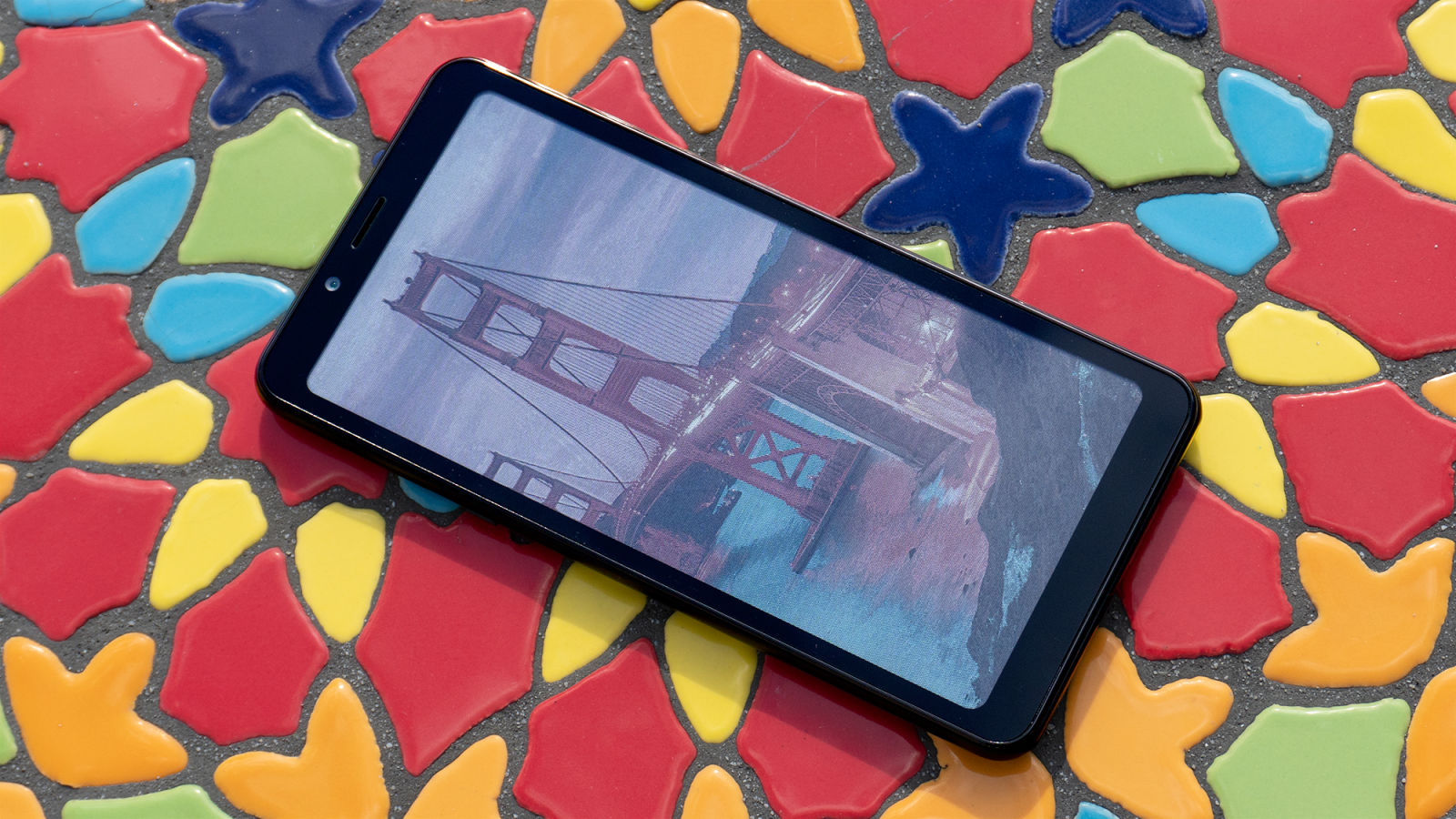
The very first device to utilise E Ink’s new Kaleido colour electronic paper screen technology was the Hisense A5C smartphone and it’s a wonderful example of why you shouldn’t always buy the first generation of devices embracing new technology. The use of a low-power E Ink display gave the device an impressive two weeks of battery life before needing a charge, but the limited refresh rate of the electronic paper technology makes using the phone feel like you’re watching a slideshow, and while colour E Ink is great for reading documents like comic books, the small screen makes text impossible to read without zooming, and that just slows down the phone even more. At $US300 ($390) it’s also an Android smartphone that can’t access the Google Play Store because Hisense is based in China, so this phone is more of a technology demo than a device you’d ever want to use day-to-day. — Andrew Liszewski
Oral-B iO Series 9 Electric Toothbrush
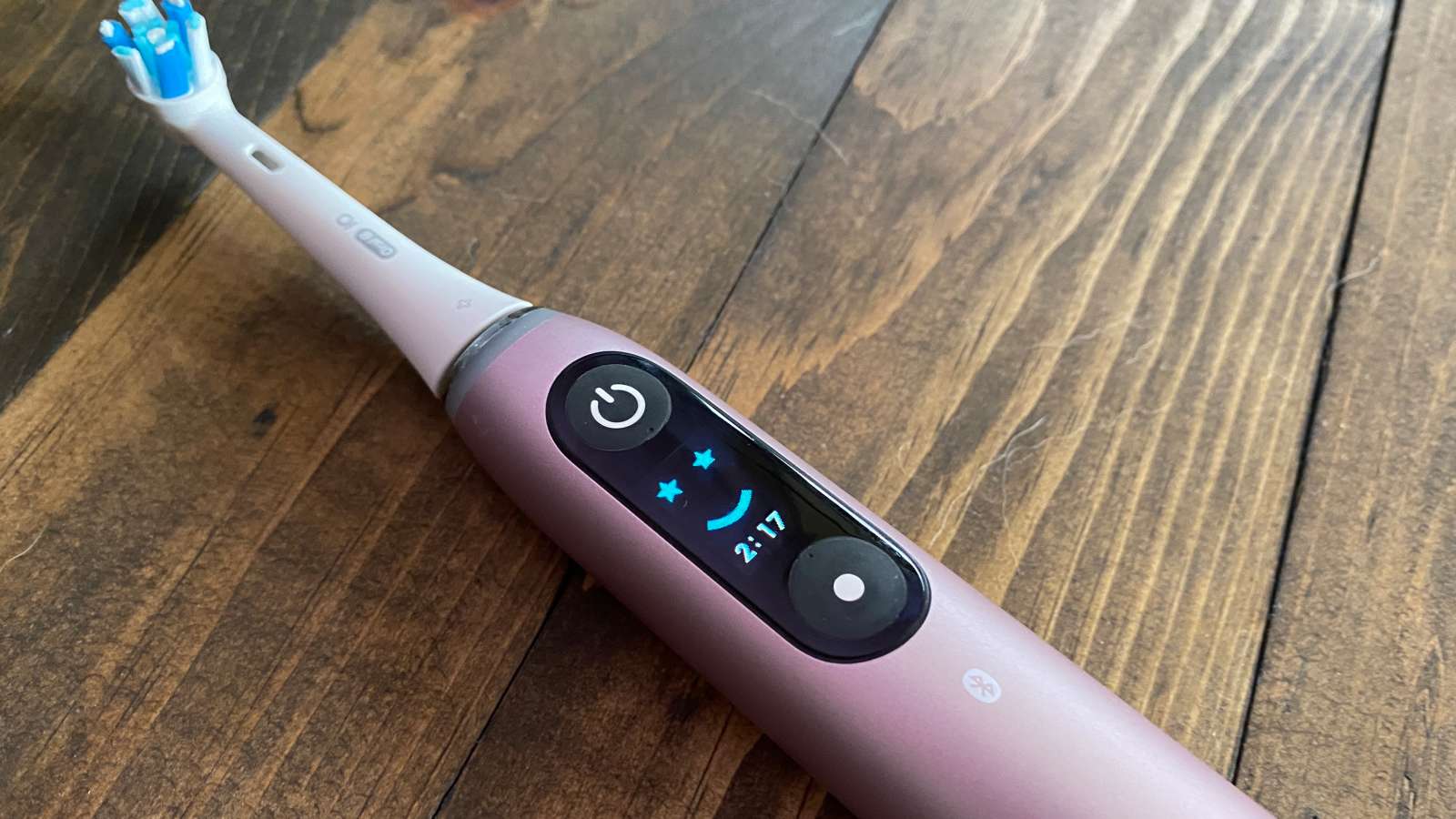
Listen, I’m not going to tell you that you shouldn’t spend $US300 ($390) on a dang toothbrush. There’s nothing necessarily bad about this Oral-B device (though its companion app could probably use an update). In fact, the cleaning performance and settings capabilities of the iO Series 9 are quite good. The problem I have with a $US300 ($390) toothbrush is that it does exactly one thing: brush your teeth. The comparatively cheaper Apple Watch SE, meanwhile, will make calls, send texts, and literally contact medical services if it determines that you’ve taken a hard fall. What I’m trying to say is that the issue isn’t the brush itself so much as the hubris of its price tag. And I’m not convinced this brush is markedly better than other, cheaper electric toothbrushes on the market. Ultimately, though, you’re the master of your own mouth. If you want to set a pile of money on fire, that’s your business. — Catie Keck
